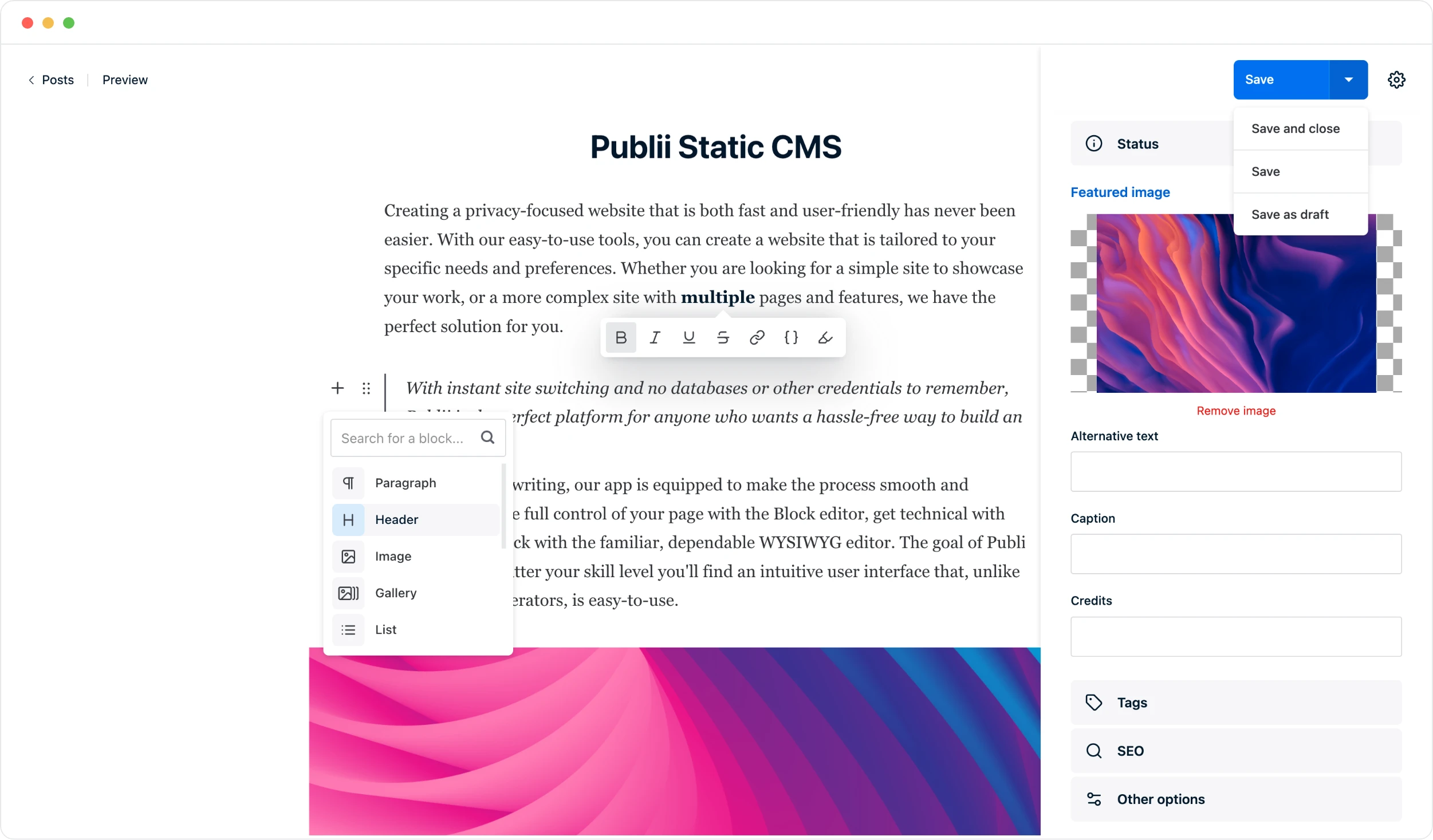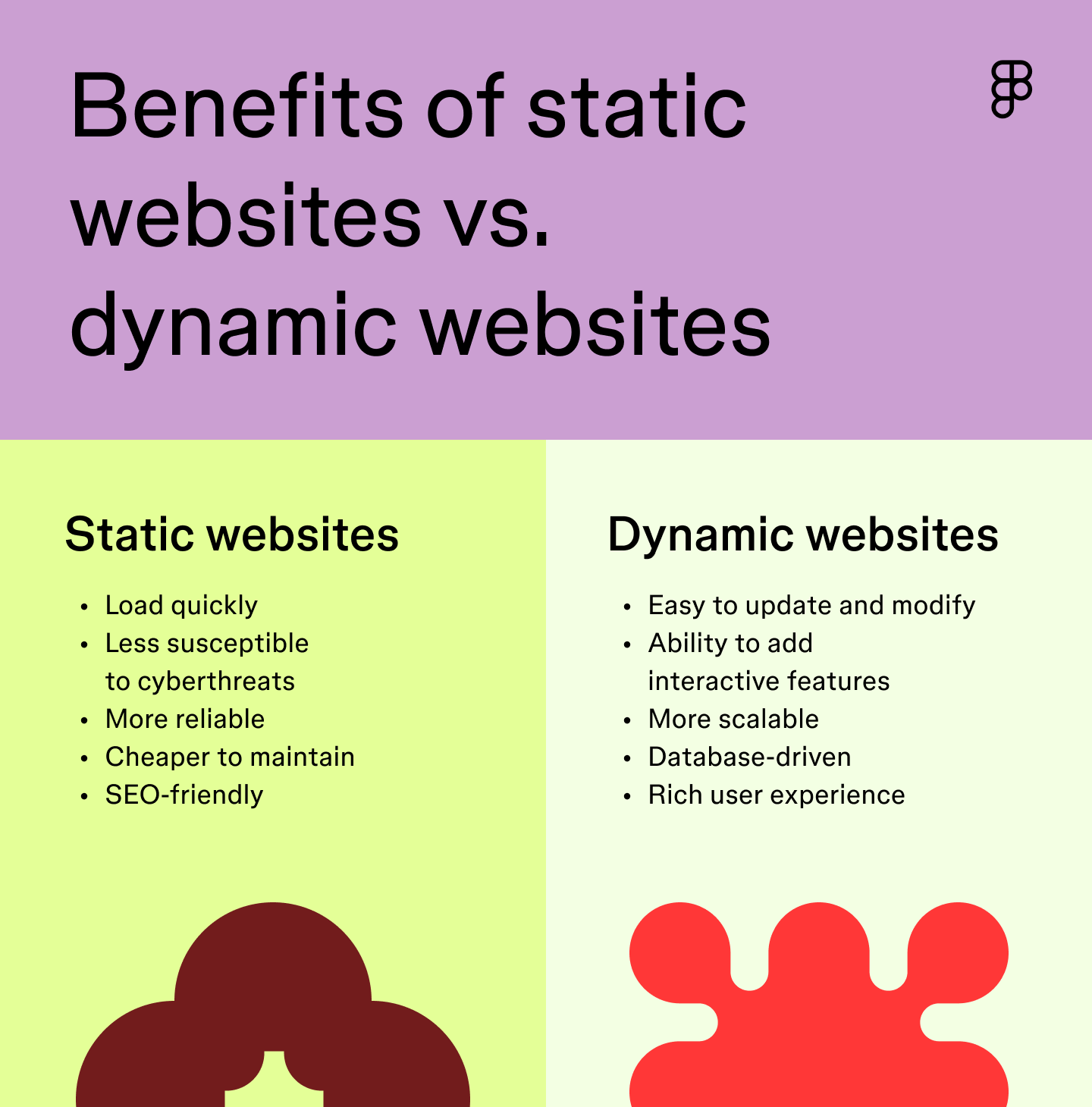You’ve spent countless hours perfecting your static website, ensuring every pixel is just right. But as you admire your creation, a question lingers: “SEO for static websites—does it even work?” You’re not alone in this curiosity.
Many website owners like you wonder if their static sites can thrive in search engine rankings without the dynamic features of modern web technologies. Imagine unlocking the potential of your site, drawing in more visitors, and watching your hard work pay off.
It’s not just about having a beautiful site; it’s about making sure it gets noticed. Stay with us, and we’ll reveal the secrets to mastering SEO for static websites, ensuring your site not only stands out but also succeeds. The insights you’ll gain could transform the way you think about your website’s future. Ready to dive deeper? Let’s explore together.
Seo Basics For Static Sites
Static websites might seem like relics from the early days of the internet. Yet, they have made a comeback for their simplicity and speed. The question is, can they also rank high in search engines?
SEO for static sites involves unique considerations, but it’s not a dead end. With the right strategies, you can enhance your site’s visibility without dynamic content. It’s all about understanding the basics and applying them effectively.
Defining Static Websites
Static websites consist of fixed content. Each page is coded in HTML and does not change unless manually updated. They don’t rely on databases or server-side scripts.
These sites load quickly since there’s no processing time for server-side scripts. This speed is a big plus for SEO. Search engines love fast-loading pages, giving you a competitive edge.
Static sites are often perceived as outdated, but they offer robust performance and security. If simplicity is what you seek, they might be the right choice for you.
Common Misconceptions About Seo
Many think static sites can’t be optimized for SEO. This misconception stems from the belief that dynamic content is necessary for ranking. But that’s not entirely true.
Static sites can rank well with proper keyword usage, meta tags, and quality backlinks. Just because a site is static doesn’t mean it can’t be optimized.
Another myth is that static sites are harder to update for SEO purposes. With the right tools and planning, updates can be seamless. You can still employ SEO best practices effectively.
Consider this: would you overlook a goldmine because it doesn’t have a fancy entrance? Static sites might be straightforward, but with the right SEO strategies, they can be powerful.
Are you ready to rethink your approach to static websites? What strategies will you implement to make your static site shine in search results?

Credit: getpublii.com
Advantages Of Static Websites
Static websites offer quick loading speeds, improving user experience and boosting search engine rankings. Their straightforward design simplifies search engine optimization, making it effective for achieving online visibility.
Static websites have been around for quite some time, and while they may seem outdated compared to their dynamic counterparts, they offer several advantages that are worth considering. You might wonder if SEO strategies are effective for static websites, but the benefits they provide could surprise you. Let’s delve into some of these advantages, which might just change your perspective on static sites.Speed And Performance
Static websites are all about speed. Since they don’t rely on server-side processing or database queries, they load incredibly fast. Imagine visiting a website where everything appears instantly—no waiting, no buffering. This speed is crucial for retaining visitors and improving your site’s search engine ranking. Google’s algorithms favor fast-loading sites, so static websites can give you an edge in SEO.Security Features
Security is a major concern for website owners, and static sites excel in this area. With no server-side scripts, the attack surface is significantly reduced. You don’t have to worry about SQL injections or other common vulnerabilities associated with dynamic sites. This makes static websites a safer option for showcasing your content, giving you peace of mind and potentially boosting your trustworthiness in the eyes of search engines.Cost-effectiveness
Static websites are typically more cost-effective than dynamic sites. They require less maintenance, and hosting fees are usually lower because they don’t need complex server-side resources. If you’re on a tight budget, a static site could be a smart choice. It allows you to allocate funds to other areas, like content creation or marketing, which can further enhance your site’s SEO performance. These advantages make static websites a compelling option, but the question remains: how do you leverage SEO for them? It’s time to consider what you can do to optimize your static site and make it stand out in search results. Are you ready to explore the possibilities?Challenges In Optimizing Static Sites
Static websites are like the reliable old car that gets you from point A to point B without any frills. However, optimizing them for SEO presents unique challenges. Unlike dynamic sites, static sites have their own set of hurdles that can make the SEO process feel like a puzzle. Let’s dive into some of the specific challenges you might face when optimizing static websites.
Content Management Limitations
Static sites are often built without a content management system (CMS), which can complicate updates. Imagine needing to change a line of text across multiple pages manually. This lack of a CMS can slow down your SEO efforts, as each change requires direct editing of the HTML files. If you have ever had to update dozens of pages for a small change, you know how tedious it can be. Consider whether a hybrid approach could work for you, incorporating elements of a CMS where possible.
Dynamic Content Issues
Static sites lack dynamic elements that keep content fresh and engaging. Without features like user-generated content or interactive elements, these sites might miss out on engaging your audience. Think about how you can make your content stand out despite these limitations. Adding regularly updated blog posts or unique visuals can be a workaround. How can you bring life to a static site and keep visitors coming back?
Scalability Concerns
As your site grows, maintaining SEO becomes more complex with static websites. Every new page requires manual updates and optimizations. You might find yourself asking, “How do I manage all these pages efficiently?” Scaling a static site can feel like juggling, where one misstep can lead to missed SEO opportunities. Explore automated tools or scripts that can help in managing a growing static site. Could these tools ease your workload while maintaining SEO effectiveness?
Optimizing static websites for SEO isn’t impossible, but it does require creative thinking and strategic planning. By addressing these challenges head-on, you can ensure your site remains competitive and visible in search engine results.

Credit: www.figma.com
Effective Seo Strategies For Static Sites
Static websites are simple and fast. They lack dynamic content, which poses a challenge for SEO. Yet, they can still rank well. Proper strategies make it possible. Let’s explore effective SEO methods for static sites.
Keyword Research And Implementation
Keywords are essential for SEO. Research them using tools like Google Keyword Planner. Choose words your audience uses. Place them in headings, paragraphs, and alt texts. This helps search engines understand your content.
Optimizing Metadata
Metadata tells search engines about your pages. Optimize title tags and meta descriptions. Use keywords naturally. Keep titles under 60 characters. Meta descriptions should be brief and informative. These elements improve click-through rates.
Enhancing User Experience
User experience affects SEO. Make your site easy to navigate. Use clear menus. Ensure pages load quickly. A good design attracts more visitors. Happy users stay longer, boosting your site’s ranking.
Tools And Techniques For Static Site Seo
Static websites often seem limited in SEO capabilities. But with the right tools, they can perform just as well as dynamic sites. Understanding these tools and techniques can significantly boost your site’s visibility. Let’s explore some key methods for improving SEO on static websites.
Seo Plugins And Tools
Various plugins can enhance SEO for static sites. Tools like Yoast SEO simplify keyword management. They help refine content for better search engine ranking. Use Screaming Frog to find SEO issues and improve site performance. These tools are essential for optimizing your site’s content and structure.
Analytics And Tracking
Tracking visitor behavior is crucial for SEO. Google Analytics provides insights into user interactions. It shows which pages attract the most traffic. Use this data to make informed decisions on content and layout. Monitor bounce rates and session durations to improve site engagement.
Site Audit Techniques
Regular audits keep your site in top shape. Check for broken links and missing tags. Use tools like Sitebulb to identify technical SEO issues. Ensure your site is mobile-friendly and loads quickly. These audits help maintain optimal performance and improve search rankings.

Credit: prerender.io
Case Studies And Success Stories
Exploring SEO for static websites can reveal effective strategies that drive traffic and engagement. Real-life case studies show how even simple static sites can achieve higher rankings. These success stories highlight the potential of SEO in enhancing visibility, proving its value for static sites.
When you think of SEO, static websites might not immediately come to mind. Yet, many have achieved impressive results by optimizing these seemingly simple sites. Let’s dive into some case studies and success stories that highlight how effective SEO can be for static websites. You might find yourself surprised by the potential hidden in these minimalistic platforms.Real-world Examples
Several businesses have embraced static websites for their speed and security. A local bakery, for instance, shifted from a dynamic site to a static one. They focused on optimizing keywords related to their specialties, like “artisan sourdough” and “organic pastries.” The result? A noticeable increase in organic search traffic by 40% over three months. This simple change helped them reach more customers without sacrificing site performance. Another example is a freelance web designer who converted his portfolio site to a static format. By carefully selecting keywords like “affordable web design” and enhancing his site’s metadata, he rose to the first page of search results. This boosted his client inquiries significantly, proving that even individuals can benefit from SEO on static websites.Lessons Learned
These stories teach us that simplicity doesn’t mean sacrificing visibility. The bakery’s experience shows the power of niche keyword targeting. Instead of broad terms, they chose specific phrases that truly represented their offerings. For the web designer, attention to detail in metadata played a crucial role. His success underscores the importance of optimizing every element, from image alt texts to title tags. Consider the pace at which technology evolves. Are you keeping your site updated to meet SEO best practices? Static websites may require less maintenance, but regular updates can make a big difference. Engage with your audience. Static sites often lack interaction, so find creative ways to connect. Use social media or newsletters to keep the conversation going beyond your website. These lessons highlight practical steps anyone can take. So, what strategies will you try on your static site? The potential is there—it’s up to you to unlock it.Future Trends In Seo For Static Sites
As the digital landscape evolves, the future of SEO for static websites is filled with exciting possibilities. Static sites, known for their speed and simplicity, are gaining momentum, but how can they keep up with SEO demands? Let’s dive into the future trends that are set to transform SEO for static sites.
Impact Of Ai And Automation
AI and automation are reshaping the way we approach SEO. Imagine using AI tools to predict search trends and automate keyword research. This can make your static site more competitive without requiring constant manual updates.
Automation can also help streamline your SEO strategies. Think about automated content analysis tools that assess readability and SEO friendliness. This ensures your content remains relevant and engaging with minimal effort.
How can you leverage AI to boost your site’s SEO? Consider using AI-driven analytics to understand user behavior better. These insights can guide you in optimizing site structure, improving user experience, and increasing search visibility.
Innovations In Web Technology
Web technology is advancing rapidly, and static sites are no exception. New tools and frameworks are emerging that simplify the integration of dynamic elements into static sites. This means you can have the best of both worlds: speed and interactivity.
For instance, technologies like Jamstack are revolutionizing how static sites are built. They allow you to deliver content faster and more securely, which search engines love. This can lead to better rankings and increased traffic.
Are you keeping up with these innovations? Staying updated with the latest web technologies can give your static site an edge. Explore ways to incorporate these advancements to enhance functionality and optimize your SEO strategy.
As you ponder these trends, consider how they can impact your site. Are you ready to embrace AI and new technologies to propel your static site’s SEO into the future?
Frequently Asked Questions
Can Static Websites Rank On Search Engines?
Yes, static websites can rank well on search engines. They are fast, secure, and easy to index. By optimizing content, using proper keywords, and ensuring mobile-friendliness, you can improve their visibility. Regular updates and quality backlinks also help enhance search engine rankings.
How To Optimize A Static Website For Seo?
To optimize a static website, focus on keyword research and content optimization. Ensure fast loading times and mobile-friendliness. Use clean, semantic HTML code and include meta tags and alt attributes. Regularly update content and build quality backlinks to improve search engine visibility.
Are Static Websites Seo-friendly?
Static websites can be SEO-friendly if optimized correctly. They offer fast loading times, which is crucial for SEO. Proper use of keywords, meta tags, and quality content can enhance their visibility. Regular updates and mobile optimization further improve their SEO performance.
What Are The Seo Benefits Of Static Websites?
Static websites load faster, enhancing user experience and SEO rankings. They are secure, reducing risks of hacking, which search engines favor. With clean code, they are easily indexed by search engines. Proper optimization ensures they rank well, despite being simpler than dynamic websites.
Conclusion
Static websites can benefit from SEO. Simple changes make a big impact. Focus on keyword optimization. Improve your website structure. Ensure fast loading times. Mobile-friendliness is crucial. Use quality content that engages users. Build backlinks for authority. Monitor your progress regularly.
Tools can help track your success. SEO requires patience and consistency. Results take time but are rewarding. Static websites can compete effectively. Implement strategies and watch your site grow.
